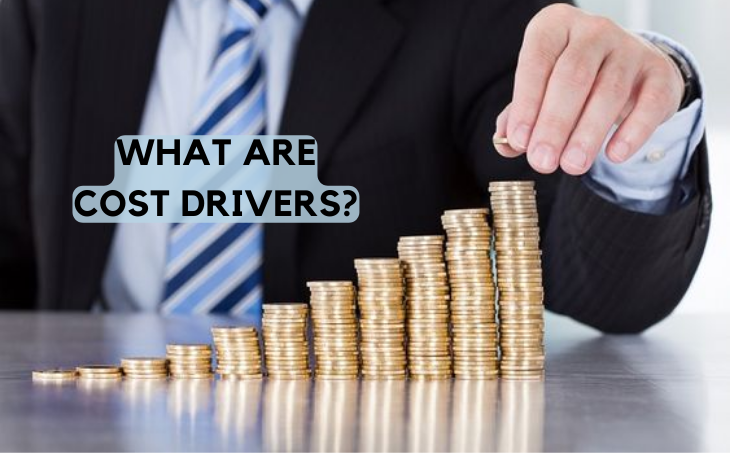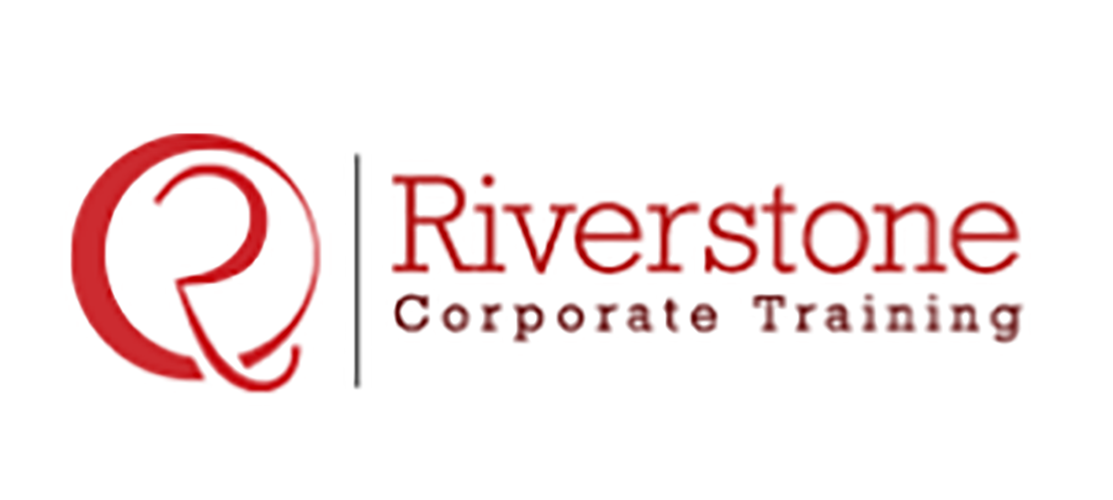
Cost Drivers:
What are Cost Drivers can have a significant impact on a business?
Indeed, cost drivers can be highly influential in the costs of production for a company, particularly regarding variable expenses. As such, all business owners should strive to understand the different cost drivers that govern their businesses.
What are Cost Drivers?
Cost drivers are those factors that can impact the cost to a business of a particular activity. Generally speaking, these cost drivers will primarily affect the cost or profitability by changing the variable costs of a business. Generally speaking, cost drivers will have a little immediate impact on fixed costs; they will typically be although cost drivers may affect these as time goes on and when contracts expire. In short, cost drivers are any factor which might result in the business having to pay out more to get a product made. A deep understanding of cost drivers is essential for cost behavior analysis for budgeting and forecasting, as it helps financial professionals anticipate changes and adjust their strategies accordingly. Furthermore, when assessing project viability, businesses must also understand how to calculate profitability index for investment projects to ensure sound capital budgeting decisions.
Features of Cost Drivers:
It will often be the case that any process that takes more time can be considered to be a cost driver. Indeed, if it takes longer to make a single product, it is likely that more time will need to have been spent by the business’ employees on the product.
Common cost drivers that a business may experience might include the cost of hiring employees (labor); the number of times that a machine needs to be set up or a production process changed, such as in the case of switching between products in a factory; additional inspection time to assess the quality of the finished product; and the like.
For example, take a large company such as Cadbury (who are now selling more than 350 million bars of Dairy Milk chocolate alone around the world). On such a scale, on the sale of Dairy Milk bars alone, that additional $0.01 cost driver would result in annual losses in revenue of nearly $350,000. Similarly, if the company could reduce the impact of these cost drivers, they could save the same amount.
Objectives of Cost Drivers:
Cost drivers are used by businesses to understand the production process for their products. They can be used to critically analyze where the majority of the production costs are for an individual product.
Pros and Cons of Cost Drivers:
Cost drivers are useful tools for businesses for decision-making. They are particularly helpful in allowing a company to cut the costs of their production, as understanding the different cost drivers will enable the managers to determine which areas of production can be cut down to reduce the cost. Mastering the identification and impact of these drivers is often emphasized in a strategic decision-making course using game theory, where participants learn how to apply analytical models to improve operational efficiency and cost control.
However, cost drivers are not the perfect solution alone. They should always be used in conjunction with other assessment tools, as they do not allow the owner to work out which drivers without impacting the quality of the final product.
Identifying and Managing Cost Drivers for Singaporean Businesses:
Write one piece that reflects not only the simple definition of cost drivers but also what businesspersons can do in relation to Singapore. This material may provide industry-specific examples of the typical cost drivers (e.g., labor and rent costs and service sectors, raw materials and logistics costs and manufacturing industries, marketing expenses and the e-commerce transction) and effective ways of controlling or minimizing the latter in the local economic environment. Report on how Singaporean business might look at idiosyncratic operation to determine their largest cost drivers and effective cost controlling mechanisms, potentially mentioning government grants or incentives covering productivity or automation affecting costs structures. Additionally, understanding how to choose the right financial analysis tool for your company plays a critical role in tracking and evaluating these cost drivers effectively. Moreover, for businesses in the digital space, a thorough guide to e-commerce business model development can help align cost strategy with the chosen model’s requirements.
Interactive Cost Driver Analysis Tool/Worksheet:
Establish a web-based, interactive or printable worksheet that enables the user to make a simple cost driver analysis of their business. The tool might encourage users to include their main activities, the related costs and possible drivers and to follow a simplified procedure of allocating costs connected with determined drivers. Although it would not be a complete ABC system, it would allow a practical job experience and bring the abstract idea of cost drivers closer. Such a feedback component would provide instant satisfaction, motivate users to stay longer, and reinforce the platform as a trusted hub for beginner to advanced finance classes and practical project finance modeling training tailored for Singapore-based cost management professionals.
Conclusion:
Cost drivers are essential for people to understand. If a business does not understand the different cost drivers that go into making a product, they will be unable to properly understand the costs of production behind their products thereby impacting the profitability.


